The invasion of Normandy was one of the most audacious military campaigns in history. Nearly three million Allied personnel would participate in or support the Normandy operations. Operation Overlord landed 132,715 soldiers on the beaches and dropped approximately 20,000 paratroopers behind enemy lines. But what was it really like to live through Operation Overlord? Here’s a glimpse at five stunning eyewitness WW2 stories, from the survivors themselves. The diverse experiences they present capture the intricacies of Operation Overlord, the complexity of heroism, and the ubiquitous, horrific nature of war.
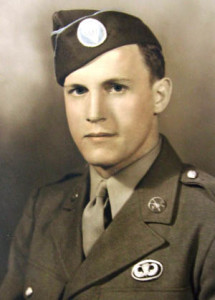
D-Day arrived. In the late-night darkness of June 5, after receiving doughnuts and coffee from Red Cross Doughnut Dollies at RAF Station Folkingham, (Bob) Nobles and the rest of the men in the 508th’s 1st and 3rd Battalions strapped on their gear and weapons; Nobles also packed four letters from Bette. The men in Nobles’ stick then loaded onto a C-47 that belonged to the Ninth Air Force’s 313th Troop Carrier Group and roared off the tarmac shortly before midnight, heading for Normandy along with hundreds of other planes.
The flight over the English Channel was uneventful. “We were all thinking,” Nobles said. A lieutenant walked the aisle, talking to everyone, trying to both cheer the men up and calm them down, but Nobles did not appreciate it. “I almost told him to sit down.”
When the red light by the fuselage door lit up the cabin shortly after midnight, Nobles and his 16-man stick stood up and hooked their static lines to the anchor cable running the length of the cabin and checked the preceding man’s equipment. Then the red light went off, replaced by a green one, and the men charged out the door. Nobles could see tracers coming up and trees below him, but he did not have time to take it all in. “By the time my chute opened up, I was on the ground,” he said.
Nobles landed in a farmer’s field all alone and immediately unhooked himself from his parachute. He then removed the reserve chute on his chest, which was blocking him from his rifle. He threw away his gas mask, correctly thinking he would never need it. Relieved of this equipment, he took off on foot until he came across another paratrooper. “Don’t shoot! Don’t shoot!” shouted the man. “I’m from Kokomo, Indiana! I forgot the password!” Nobles just laughed at the panicked soldier.
Nobles had no idea where he was, but he was not alone–many WW2 stories are similar in that most of the 508th paratroopers had missed their drop zone after the unit’s pathfinders had run into trouble. Pathfinders were specially trained paratroopers who jumped prior to the bulk of the unit to set up guiding lights and Eureka transponders that communicated with the aircraft-mounted Rebecca airborne transceiver sets that told the pilots carrying the follow-on troops when and where to drop them.
But the 508th’s pathfinders had jumped into the midst of the German 91st Infantry (Air-Landing) Division and took heavy casualties. The surviving pathfinders managed to set up only two signal lights and a single Eureka. As a result, the regiment—like virtually every other airborne unit—was wildly misdropped; Nobles and his stick landed 10 miles from their designated drop zone.
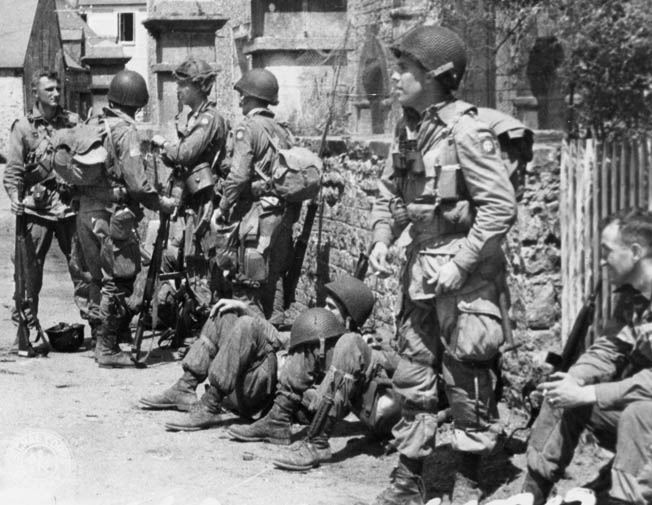
More disaster befell the 1st Battalion. The 33-year-old commander, Lt. Col. Herbert Batcheller, West Point Class of 1935, was killed by a German machine gunner on June 6 or 7; a few days later, command of the battalion passed to Major Shields Warren, the unit’s executive officer.
Warren said later, “I heard by word of mouth on [June 9 or 10] that Lt. Col. Herbert Batcheller’s body and that of his radio operator had been found together next to a hedgerow. Apparently he had absorbed a 30-40 round MG 42 burst in the chest…. To the best of my knowledge, no one in the 508th saw Herb Batcheller or his radio operator alive after the drop.” …
The townspeople of Vierville-sur-Mer awoke around 3 am on June 6, 1944, to the sound of bombs. In the early morning of the Normandy Invasion, American Consolidated B-24 Liberator bombers were dropping their payloads, preparing the invasion beaches for the coming attack. “I can still see a plane with fireballs,” recalled Andrée Oxeant, who was only 14 at the time. She may have been witnessing marker flares dropping from a B-24’s bomb bay.
Thirty-one-year-old Michael Hardelay watched the raid from the window of his house, situated atop the cliffs, overlooking the water. “I saw a light coming from two bombs that exploded at the ridge of the cliff,” he recalled. “Six more bombs had fallen down on the cliff face without killing anyone, or damaging anything.”
At the sound of the bombs, most people fled their homes for their backyards, where they had dug bomb shelters, covered with logs or corrugated metal. Some ducked to their basements, a few slept through the attack. Hardelay and his parents raced for their shelter, his mother grabbing her jewelry and money before entering.
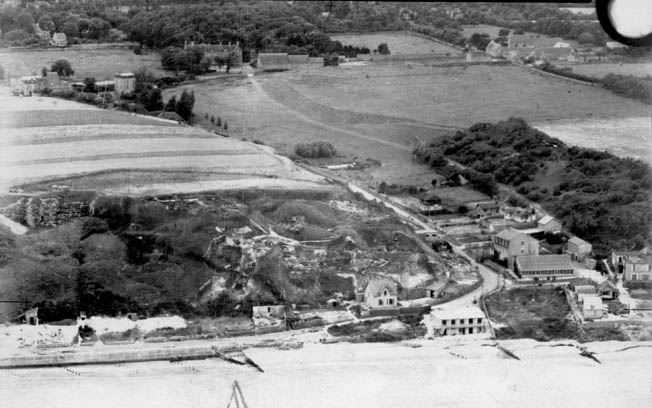
The shelters were uncomfortable. Andrée Oxeant climbed into a shelter crammed with about 30 people. “There were essentially women and children, because the husbands were fighting or captured,” she reported. “There were only old men with us.”
Most people brought nothing to eat or drink for their day-long stay. “We were very thirsty,” recalled eight-year-old Jean-Claude Ygouf, “and our lips were swollen from the shells blasting.” Twelve-year-old Jeannine Chamberlin and her parents rushed to a German horse shelter. “The German soldier took me on his lap in between the horse’s legs,” she remembered.
As the sun rose, people could see ships in the English Channel, but Michael Hardalay could only see fog from his bedroom window. “All of a sudden, the fog cleared up and unveiled thousands of boats: a superb and grandiose sight!” He called for his mother, then his neighbor, to admire the armada.
Twelve-year-old Suzanne Coliboef caught a view of the Channel from her kitchen door. “We came out and we saw all these boats.” Thirty-six-year-old Denise Ygouf, who reentered her home to retrieve supplies, was shocked at what she saw from the window: “I only saw boats and we could not see the sea anymore.” …
What the West Wall had in store for them was a strong, well-organized defense. At first, though, as the unit’s official report stated, “It appeared that the landing would be unopposed and most craft dismounted the 2-inch mortars which were prepared to cover the landings with smoke. Then machine guns opened up from the strongpoint at St.-Aubin, which was almost opposite the easternmost landing craft and perhaps 2,000 yards from the westernmost, and the craft were subjected to mortar and shell fire; the Z Troop craft received a direct hit amidships [killing six men]. The Oerlikons [20mm automatic cannon normally used aboard ships as antiaircraft weapons] replied and the craft put down smoke on the beach, with 2-inch mortars.”
Colonel Moulton had the foresight to train his men to fire 2-inch mortar smoke from the bows of the craft during the run-in to the beach. The smoke screen hid the craft from direct fire, but beach obstacles and shrapnel holed the wooden hulls, killing and wounding troops and crews.
“Intelligence was poor,” said Moulton. “We were told of a continuous line of fortifications along the shore, but it wasn’t like that. The Germans built concrete strongpoints in the villages, and we landed right in front of one.”
Harry Timmins recalled the approach on board his craft carrying A Troop: “As we got nearer the beach, the noise was more than you could possibly imagine. There were explosions all around us in the sea and the shells and mortars were kicking up sand all over the beach. A couple of buildings were on fire and, to add to the tumult, the Oerlikon guns on our boat also joined in the barrage and deafened us.”
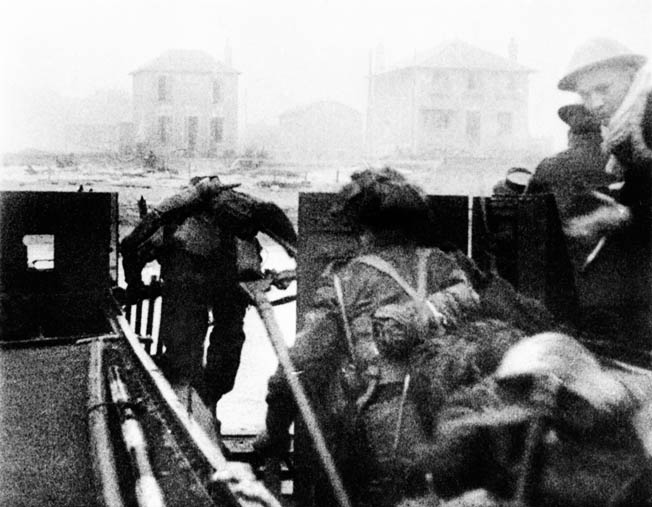
Most craft did not beach square on the waterline, exposing troops trying to scramble down the bow gangways that were constantly moving in the swell. Many marines were pitched into the sea to wade ashore in waist-deep water, while others were thrown in headfirst and were swept away by the fast-flowing current and drowned.
Captain Geoff Linnell, commander of the Heavy Weapons Troop, witnessed a desperate scene: “The ramps were too light for the ends to sink to the sea-bed; they floated about in the surf. As each man tried to come down them, the footway beneath him heaved alarmingly with each incoming wave. Many men were thrown completely off the sides and floundered in the water, dragged down by their heavy packs. When I got down the ramp, there was a big sea and a great undertow that nearly took my legs away.
“Some men with inflatable lifebelts up around their chests had been knocked over by the swell and were floating away upside down with their legs in the air, drowning as we watched.”…
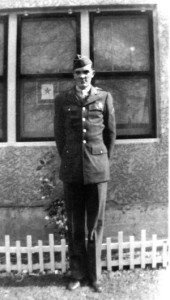
“By the time of the invasion, we knew exactly where we were supposed to go and what we had to do,” said Rencher. “Our job was to detect and disarm all the different types of mines that the Germans had in the water and on the landing beaches. They had around 20 different types. There were half a dozen mines just for personnel, as well as tank mines and water mines. Some were concrete with dynamite inside. Some came up out of the ground six feet when you set them off and exploded right in your face.”
Rencher’s three-man squad consisted of himself, Otis Hamm of Biloxi, Mississippi, and Dan Shellenberg of Youngstown, Ohio. “Hamm was the veteran,” said Rencher. “He’d made all three previous invasions. He knew how to detect and disarm everything. Shellenberg and I were only 18 when we began training, and he made us as professional as he was.
Hamm was a tough and demanding taskmaster. He knew that his survival depended on training the two younger men to do their jobs to perfection. He hounded them, pushed them, and beat them into becoming a well-honed team. As a veteran of the three previous beach assaults, Hamm had no delusions about the deadliness of their mission. There was little room for error. “He figured, based on his experience, that he would be the one of the three of us who would not be killed and that Shellenberg and I would be killed,” remembered Rencher.
Their task required good ears, steady hands, and more than a little luck. “For each mine, we had to find the teeny-tiny detonator,” recalled Rencher. “We worked as a team. One of us had the mine detector, a disc about one foot across with a handle and a meter with a dial on it. There were earphones that would hum and the dial would tell you when it had detected metal. We had to detect each mine, we had to disarm them, and often the mines themselves were booby trapped. General [Field Marshal Erwin] Rommel had ordered 50 million mines for the beaches. At the time of the invasion, he had over 20 million of them installed.
“The best day for attack would have been June 5, but the weather was too rough. June 5 and 6 had the lowest tide for the next six months. The 5th was ideal and the 6th was not quite as good, but General Dwight D. Eisenhower, Supreme Allied Commander, decided to go for it on the 6th. We were loaded onto 10 LCT (Landing Craft, Tank) ships the night of June 5, and then we waited for the sea to calm. We left about 6 pm. H-Hour was at 0600, and the 531st had to land at 0500 to clear the beaches. The waves were about five feet high, and we got very seasick! In a way being seasick helped us because we couldn’t stand to stay on the landing craft any longer. About a half-mile off the beach, they loaded us into 30-man landing craft for the final approach.”
Utah Beach was eerily quiet. “I had 60 pounds of explosives in my pack, both TNT and composition explosives,” said Rencher. “The good thing about the TNT was that a bullet could pass right through it and it wouldn’t blow up. You had to have a blasting cap to detonate it. But I also had to carry those. If a bullet hit one of the blasting caps it would have detonated that 60 pounds of TNT, and I would have been completely vaporized.” …
“Bob, get your head together,” (Robert Watson) told himself and kept repeating, “I don’t want to die here, I don’t want to die here.”
Like myriad other WW2 stories about the D-Day invasion, nothing went as planned for Robert Watson. In the predawn darkness, the craft carrying the tanks took longer than expected to form up, and the assault infantry hit the beach without armor protection. The various waves of landing craft became mixed up in the confusion.
“Every landing craft was taking on water like crazy,” said Watson. LCVPs began sinking. Those that stayed afloat took enemy fire. “Landing craft were exploding around me.” Watson succumbed to seasickness and threw up. He was not alone. At least he could see the church steeple in Colleville, telling him he was on target.
The enemy fire spooked the coxswain, who slowed his craft to a crawl. “Get to the beach!” the Army officers yelled at him. “Get this thing going!” Their reprimands worked. He gave it more power. That’s when Watson’s LCM, about 300 yards from the beach, hit the floating mine. He then hitched a ride from the LCVP and reached the carnage of Omaha Beach. Watson remembered what the general and the deck officer had told him about the signal boat and the battlefield preparations. None of it had come true. There was no control boat out in the water, there were no bomb craters on the beach to use as foxholes, and he never saw an Allied plane.

Watson joined the firing line as ordered by the captain. About 300 yards to his right, he could see Germans running behind WN 62 to a reinforced hut, retrieving supplies. He loaded his wet ammunition clips into his rifle and took aim. “I was scared that the ammunition wouldn’t work,” he said, but he squeezed off his first shot without any problems. He then fired about 10 clips at the enemy.
“I don’t know if I killed anyone or not,” said Watson. “I didn’t really care.”
After doing his part in reducing WN 62, Watson decided to head back to the beach and perform his job. “My orders were to get on the beach line and move to the beach station.” While he searched for his unit, he came across Lieutenant (j.g.) James F. Collins, the medical officer. He took a look at Watson’s lacerated leg and said, “Later.”
Company B sailors gathered just below WN 62. Out of the entire company, there were only 36 left. “A lot of our boys didn’t show up,” said Watson. One missing man was Lieutenant Wade. “He never made it to the beach.” ….
More First-Hand WW2 Stories from D-Day
Check these other amazing first-hand D-Day accounts on Warfare History Network by following the links below. You can also get regular access to first-hand accounts from WW2 by subscribing to WWII History magazine.
– Ed Mauser: Easy Company’s Silent Brother
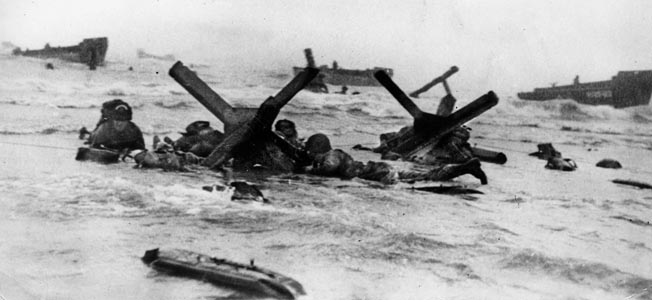
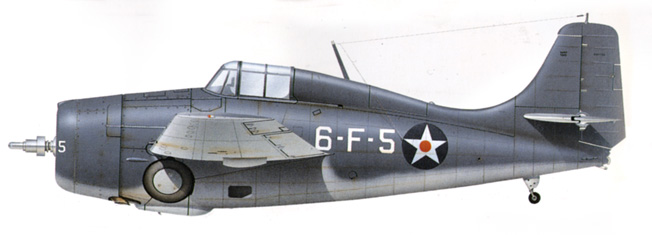
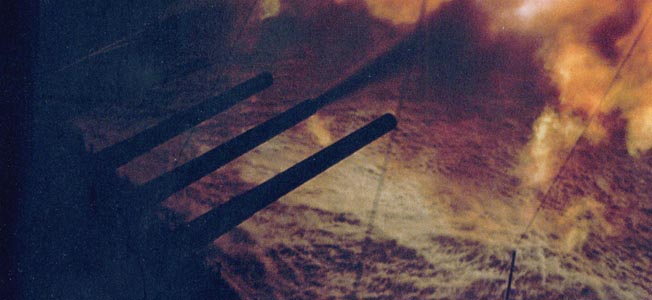
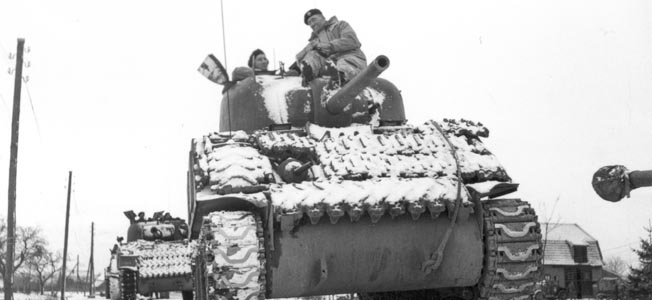
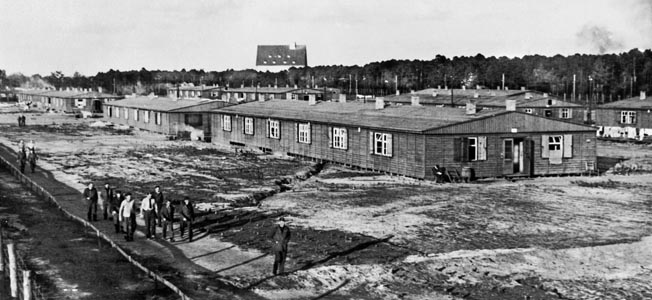
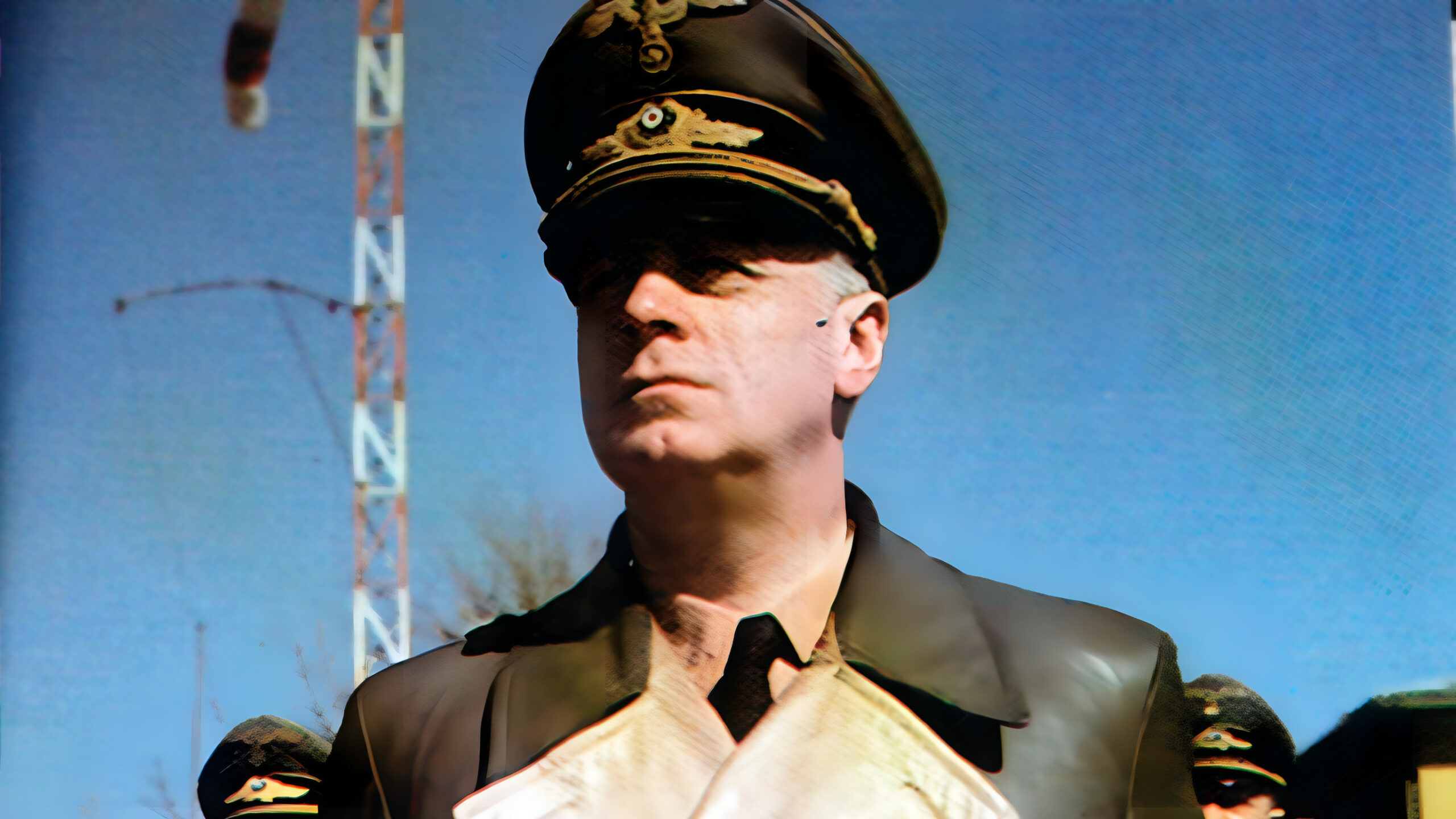
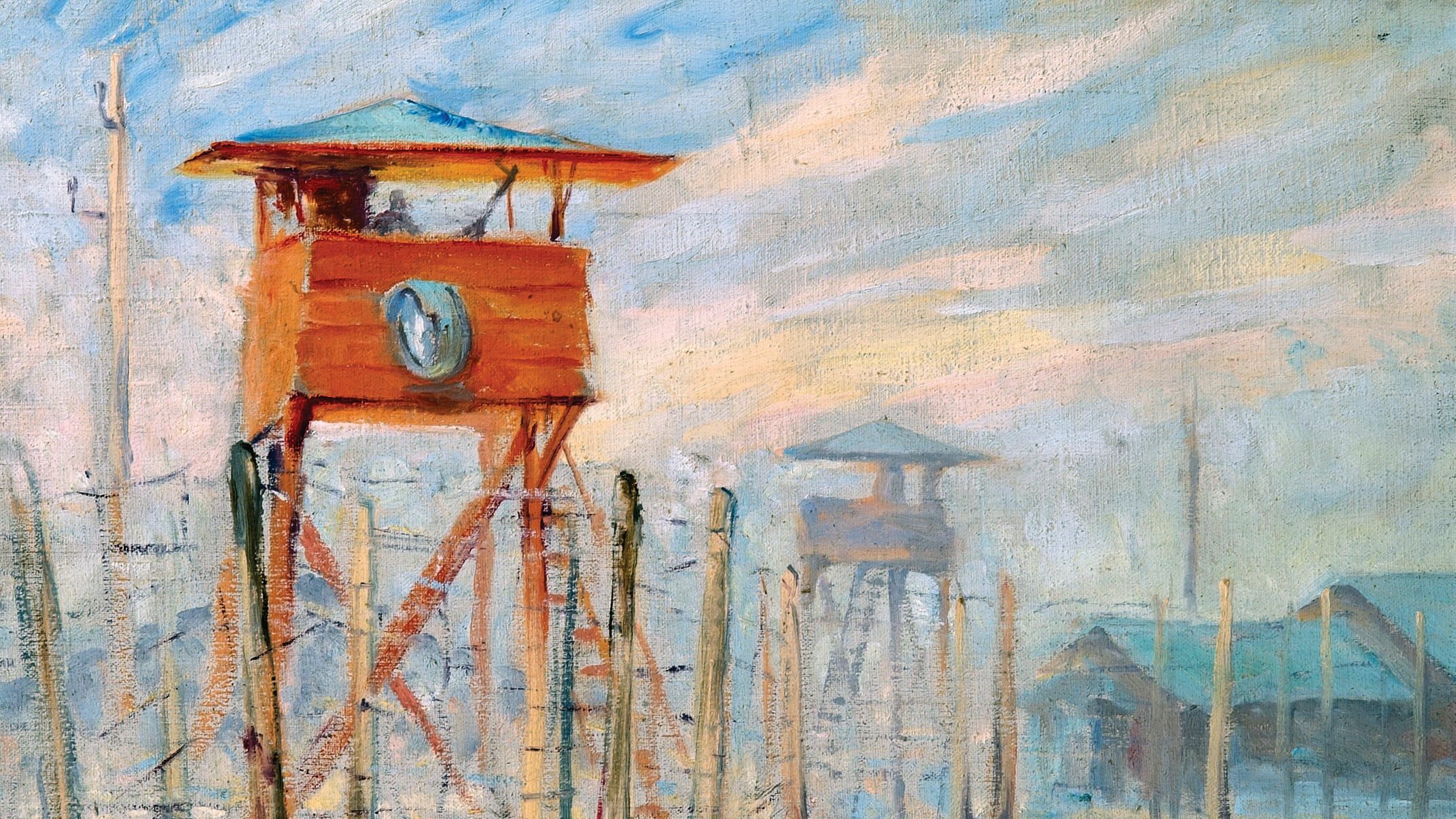
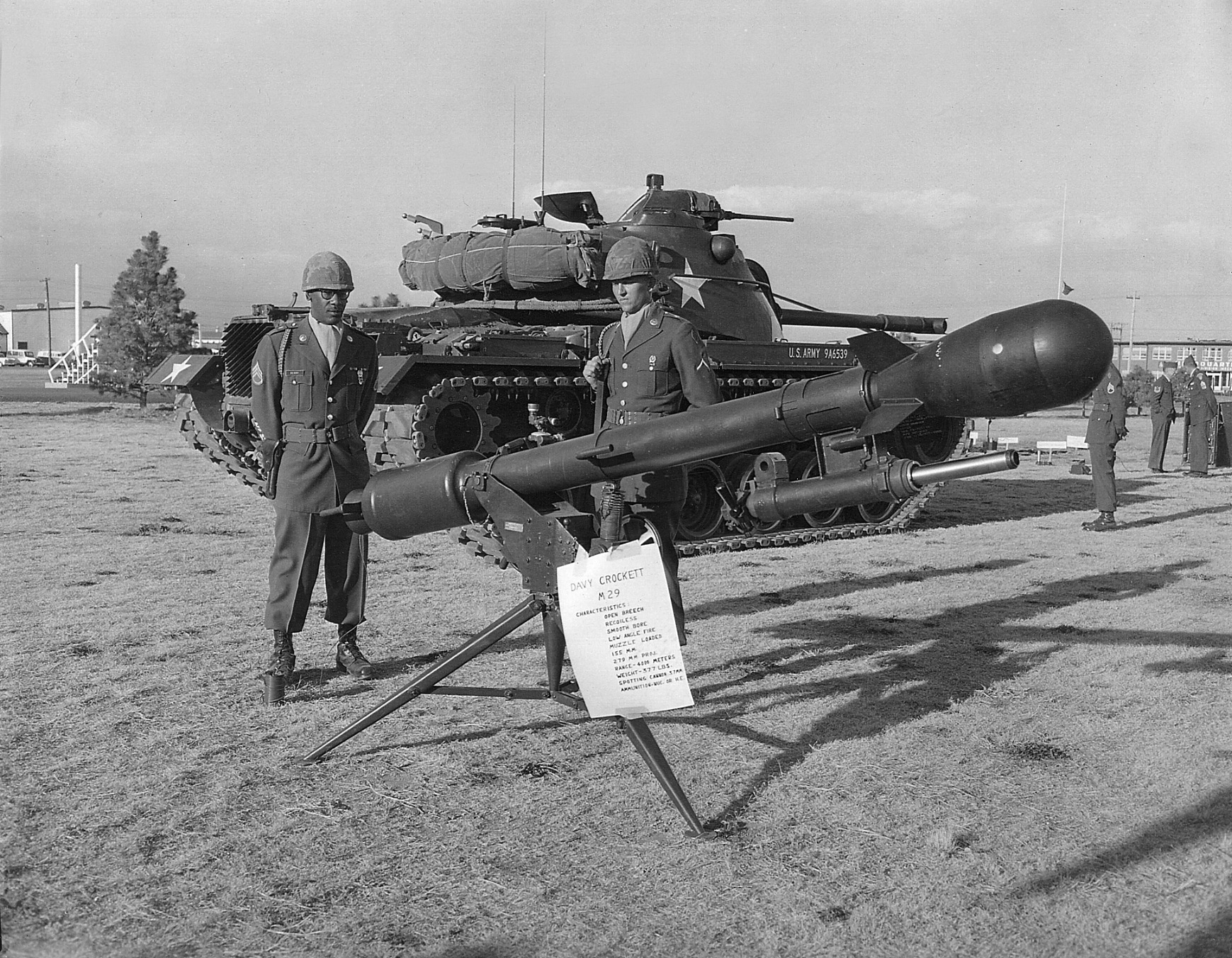
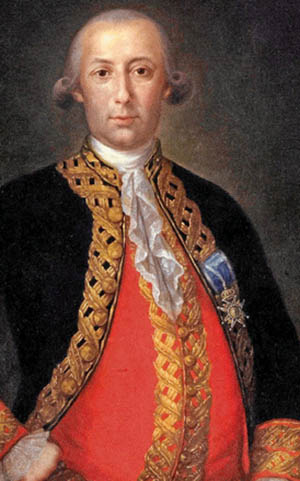
Join The Conversation
Comments
View All Comments